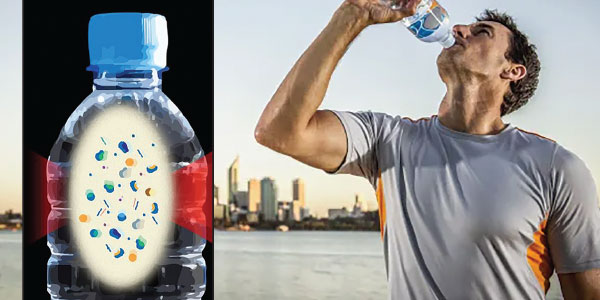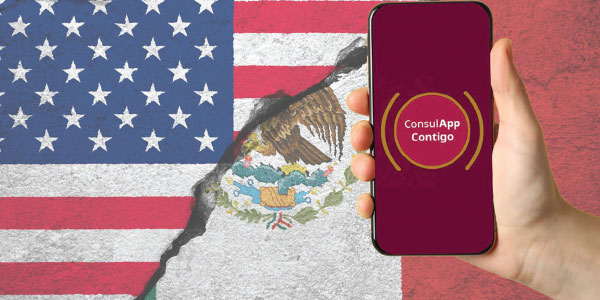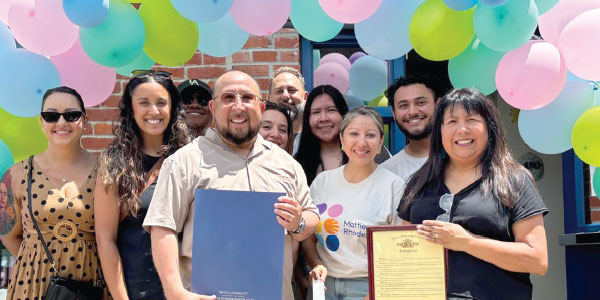
By Chara
People who drink bottled water might want to consider using a cup or glass instead, based on a study published Jan. 8 in the journal the Proceedings of the National Academy of Sciences.
As CNN and other sources reported, the researchers who conducted the study claim that bottled water possesses high amounts of nanoplastics. Nanoplastics are defined as less than 1 micrometer and are believed to be more toxic than other microscopic amounts of plastic because of their increased potential for entering the human body.
Multiple media outlets reported that the researchers found that each liter of bottled water contains around 240,000 plastic particles.
Titled “Rapid single-particle chemical imaging of nanoplastics by SRS microscopy,” the study involved setting up a plastic identification algorithm. The algorithm “allows micro-nano plastic analysis at the single-particle level with high chemical specificity and throughput,” according to the study.
According to another study, “Impact of Microplastics and Nanoplastics on the Human Body,” published by the National Library of Medicine, nanoplastics impact the human body at the subcellular or molecular level. They can move through the gastrointestinal tract, lungs and skin epithelia and cause health issues such as metabolic disorders, that study states.
Investigadores encuentran altos niveles de nanoplásticos en agua embotellada
Las personas que beben agua embotellada deberían considerar usar una taza o un vaso, según un estudio publicado el 8 de enero en la revista Proceedings of the National Academy of Sciences.
Como reportaron CNN y otras fuentes, los investigadores que realizaron el estudio afirman que el agua embotellada posee altas cantidades de nanoplásticos. Los nanoplásticos se definen como menos de 1 micrómetro y se cree que son más tóxicos que otras cantidades microscópicas de plástico debido a su mayor potencial para ingresar al cuerpo humano.
Varios medios de comunicación reportaron que los investigadores encontraron que cada litro de agua embotellada contiene alrededor de 240.000 partículas de plástico.
Titulado “Imagen química rápida de nanoplásticos mediante microscopía SRS”, el estudio implicó la creación de un algoritmo de identificación de plásticos. El algoritmo “permite el análisis de micronanoplásticos a nivel de partícula única con alta especificidad química y rendimiento”, según el estudio.
Según otro estudio, “Impacto de los microplásticos y nanoplásticos en el cuerpo humano”, publicado por la Biblioteca Nacional de Medicina, los nanoplásticos impactan el cuerpo humano a nivel subcelular o molecular. Pueden moverse a través del tracto gastrointestinal, los pulmones y los epitelios de la piel y causar problemas de salud como trastornos metabólicos, afirma ese estudio.









